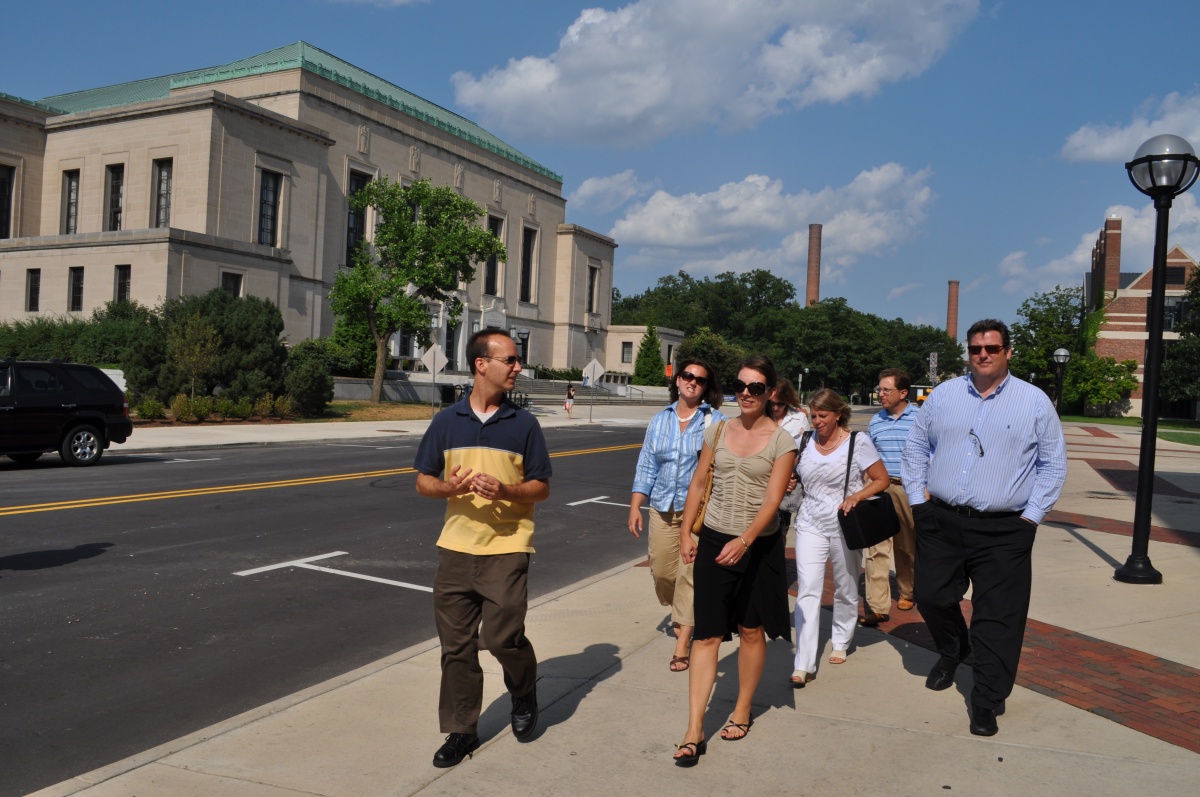 Community based management cannot occur without the participation of community members. As with any aspect of civic life, community members have both rights and responsibilities. They should expect to have their interests and concerns considered fairly by community leaders. They also have responsibilities as citizens: to become informed, responsible, and active participants in community deliberations about deer management. When community members show mutual respect for the concerns of those with differing points of view, and a willingness to compromise for the greater community good, they can make progress toward their shared objectives. Community members:
Community based management cannot occur without the participation of community members. As with any aspect of civic life, community members have both rights and responsibilities. They should expect to have their interests and concerns considered fairly by community leaders. They also have responsibilities as citizens: to become informed, responsible, and active participants in community deliberations about deer management. When community members show mutual respect for the concerns of those with differing points of view, and a willingness to compromise for the greater community good, they can make progress toward their shared objectives. Community members:
- Make their interests and concerns known to one another and to community leaders, through means such as public meetings or surveys of residents.
- Provide input that is used to form community objectives and to select community actions.

